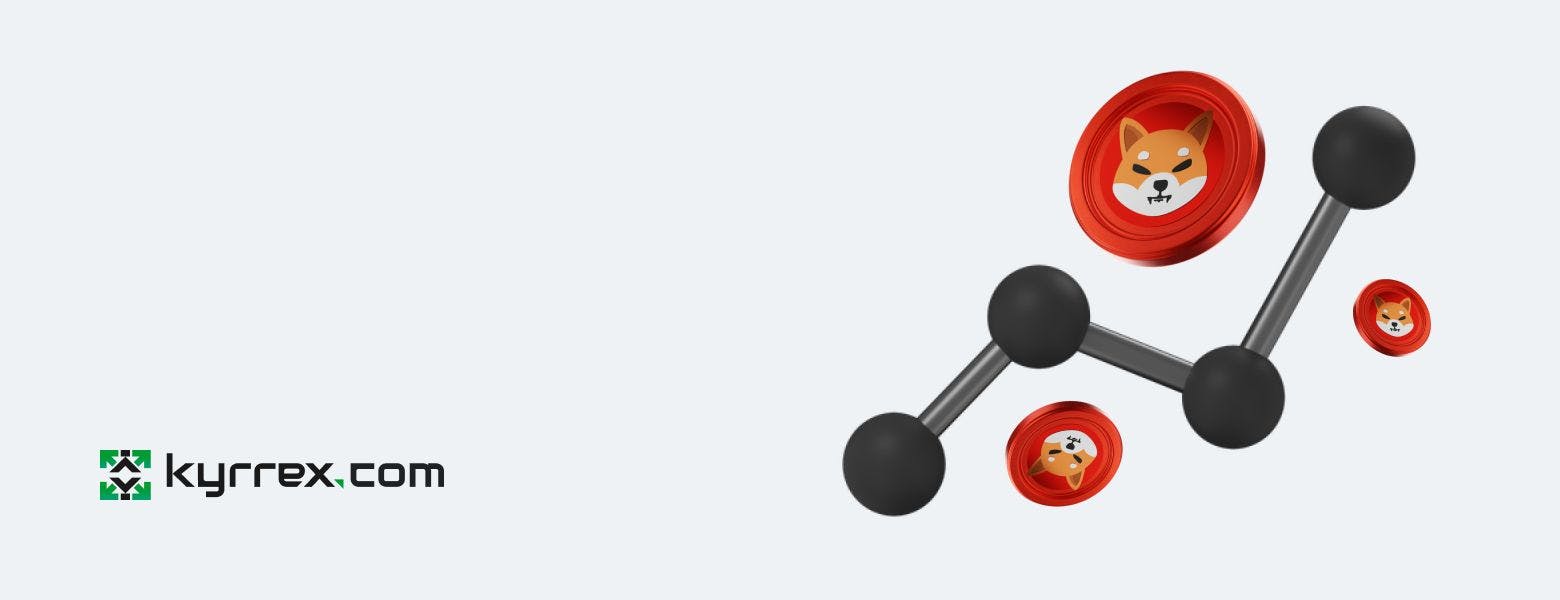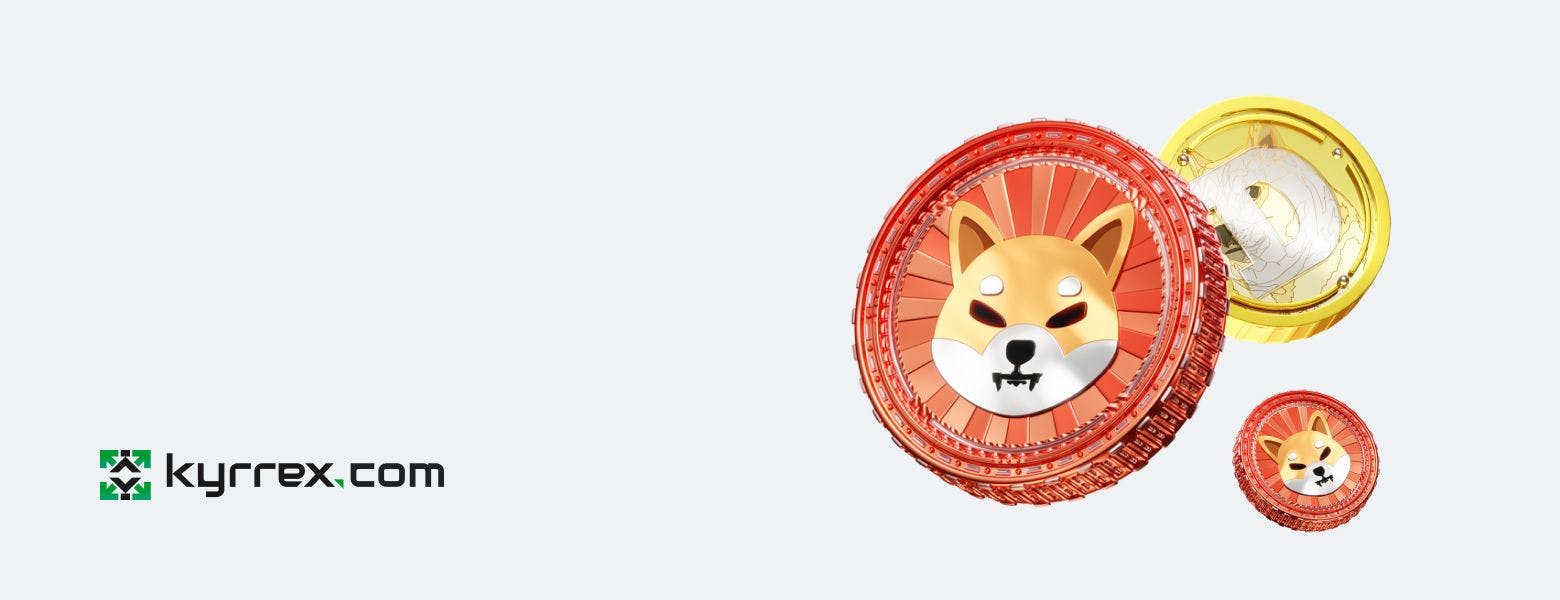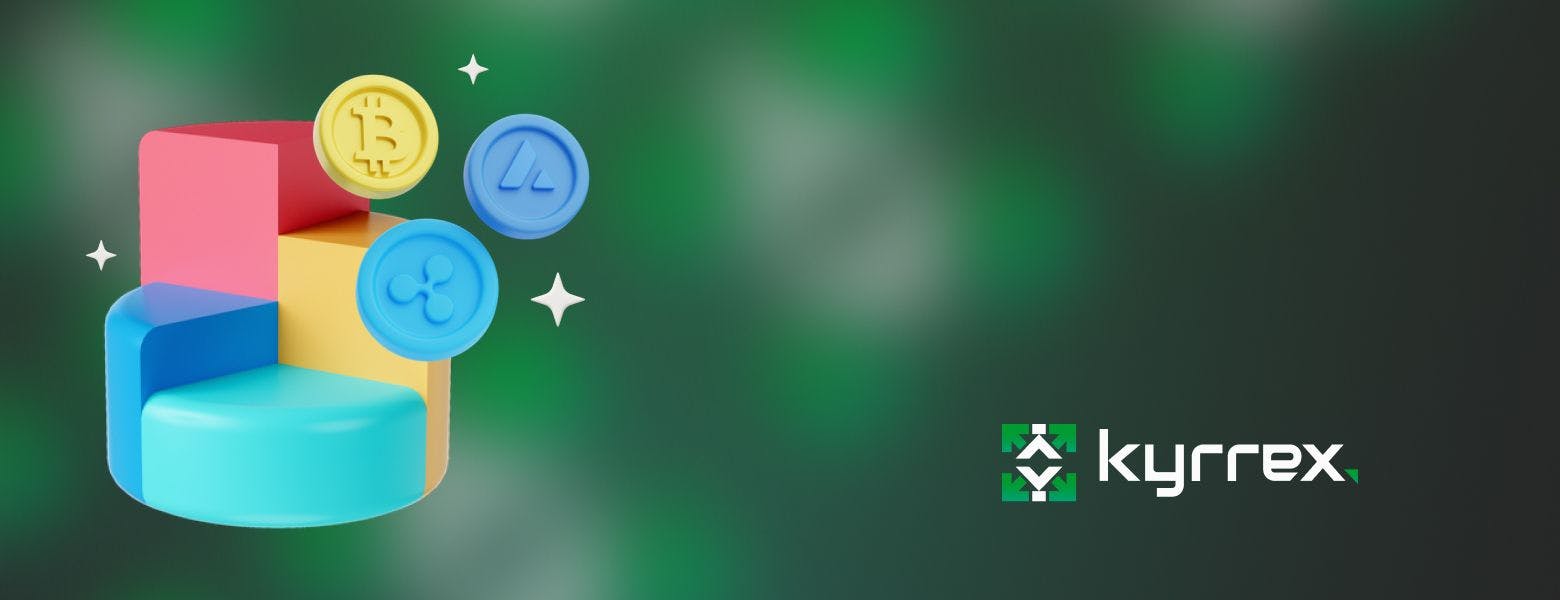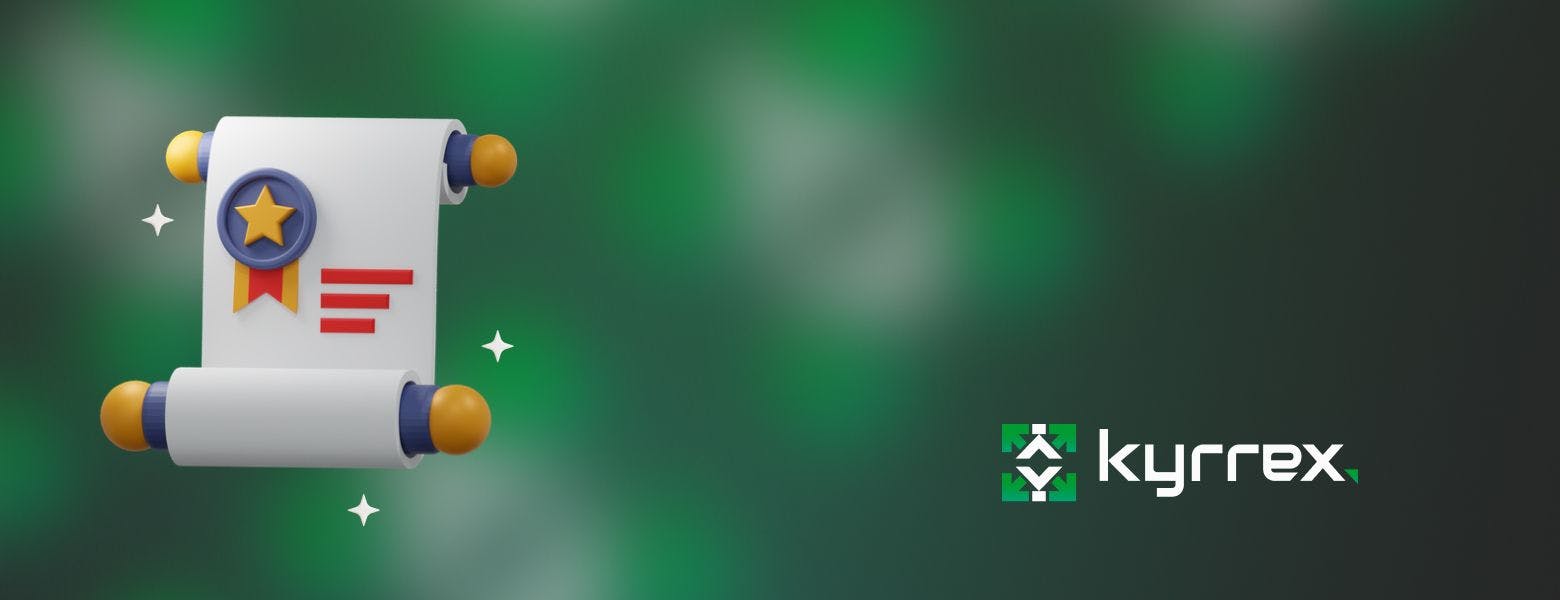
Introduction to Web 3.0: The Meaning and Value

With so many obscure terms and abbreviations on the internet, it is difficult to make sense of the trends they represent. This is more so when said trends are supposed to have great value and earn you a lot of money. Web3 is one such popular buzzword on the internet. However, despite its popularity, many people have a small grasp about its meaning and value. Therefore, this article briefly explains the meaning and value of Web3. The article also highlights some of the most fundamental differences between Web3 and Web2 and outlines some of the best use cases and applications of Web3. Lastly, the article sheds light on some of the opposition to Web3.
What is Web 3.0?
Web3 (or Web 3.0) is the theorized evolution of Web2, the current internet framework. It is a framework that includes everything the internet is about, including enabling infrastructures that allow users to access and use the internet. Unlike Web2, the development of Web3 is still ongoing but its proponents are convinced that it would revolutionize the internet as we all know it. However, this makes it difficult to define. So, here are five (5) definite things about Web3.
Web3 is the third generation of internet frameworks
The first generation was Web1 and characterized the earliest period of internet usage until around 2003. This internet framework used a lot of open protocols, especially HTTP, and users could only read the content. The second generation of internet frameworks was Web2. Social media is the main feature of this generation and users are able to create and market products on the internet. Web2 is the current framework.
Web3 is the third generation of the internet. It is driven by a decentralized system with the largest fraction of the internet owned and operated by user communities rather than big tech companies. It is still in the pipelines but is supposed to be superior to Web1 and Web2 in its integration with real life, quality of content, ease of generating and marketing user products and services, and more compatible assimilation with imminent technological innovations. Also, the Web3 framework is powered by the open-source license and does not require third parties to authenticate interactions (so it is trustless) or permit them (permissionless).
Web3 was developed around the idea of decentralized blockchains
Web3 does not support any kind of autocracy. With respect to governance, it mirrors the core characteristic of decentralized blockchain governance. Big tech companies are removed from making administrative decisions. Instead, the governance of the internet is left to DAOs (Decentralized Autonomous Organizations). These are groups and communities bound by fixed rules and regulations coded into and overseen by protocols in a blockchain. As a result, no single entity is all-powerful or irreplaceable, the way we have it with Facebook and Twitter now, for instance.
So, with Web3, everything is distributed, from governance to opportunities. Users have governance tokens and can take up the responsibility of temporary leadership. Similarly, random users have tokens that allow them to ‘plug in’ to investment opportunities without relying on government policies.
Web3 is chiefly designed to protect the interests of creators and users
The first two generations were mostly centralized and ordinary users were either only passive observers or subsidiary beneficiaries. Conversely, Web3 is all about creators and users. The internet in this form does not offer any unseen value to big corporations or governments. Instead, content creators and users are given all the privileges to work and earn.
For instance, Web3 allows creators to earn money by gaining direct access to users without having to pay intermediaries to help them facilitate this link. Also, users earn money by buying direct stakes in creators’ content. Web3 also offers provisions for users to sell their data to whoever needs it. So, Web3 does not run the adverts-based business model which is one of the defining features of Web2, and it has a lot more privacy.
Web3 is the internet of value
On Web3, value is sovereign. The current internet framework is not democratized for value creation. This is why it has been described as the internet of information, much like Web1. But Web3 is all about what is valuable. So, the more value a creator can offer to users, the more valuable the creator is rated on the internet.
Put differently, Web3 promotes innovation. As a result, online communities are built around innovation and value creation rather than corporate sovereignty. It is a framework of meritocracy where Peter Parker can design his Spiderman suit at home and Dr. Otto Gunther Octavius can build his octopus tentacles in his lab.
Web3 is the most useful framework for crypto and a crypto-related future
Web3 is also the framework for the anticipated future of decentralization. This future is written around users and gives them a lot more control and influence over their data and web activities. In the area of social media, for example, users can rely on Web3 to interact with the ‘metaverse’ or the universe of digital things. This way, they will be able to work and earn, as well as amuse themselves with different varieties of dynamic platforms and access tokens.
The Web3 framework will also allow users to gain access to crypto-related features without going through meddlesome middlemen. These include all kinds of trade and investment platforms, cryptocurrency, NFTs (non-fungible tokens), gamification, and all that. So, in the fewest words, Web3 will let people make better use of the offerings of the crypto industry.
Web 2.0 vs Web 3.0
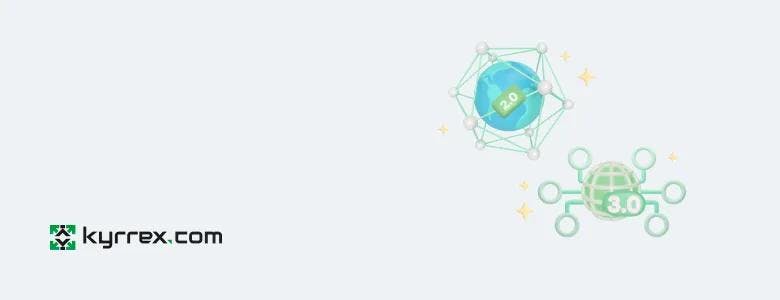
You should be able to already differentiate Web2 and Web3. Although the latter is an upgrade of the former, it is a significant upgrade—enough to be described as a unique innovation. The core difference between these internet frameworks is the file-retrieval system. In the case of Web2, this system is centralized and overseen by organizations that users have to pay in exchange for their databases. For Web3, the database system is decentralized and information processing is spread across many computers with no particular center in terms of supremacy and influence. Every other difference follows from this.
So, due to the decentralized nature of Web3, users and value creators are the biggest beneficiaries. In other words, big tech companies have no particular advantage and do not get to decide for or impose anything on users. Content creators are also able to rely on the value of their products they have direct access to users.
In brief, the main differences between Web2 and Web3 are presented below:
WEB 2:
- Centralized database and file systems
- Biggest beneficiary are Big Tech companies
- Top featured in social media
- AI role is auxiliary and support
- Current status is online
WEB 3:
- Decentralized database and file systems
- Biggest beneficiary are creators and users
- Top featured in Metaverse
- AI role is principal and fundamental
- Current status is Underway
Notable Use Cases and Applications of Web 3.0
Here are 4 of the most notable use cases and applications of Web3 and why it is expected to revolutionize the internet.
- The metaverse: The metaverse is to Web3 what social media is to Web2. It is a massive data-powered digital universe where users can interact as they do in real life. More than that, Web3 proponents hope that the metaverse becomes something of a second life for users, a place for working and earning, investment opportunities, and a great deal of entertainment.
- Immersive web experience: Web3 is expected to perfect the use of radical tech innovations like VR (virtual reality) and AR (augmented reality). These will offer users a greater immersive experience than what we have presently, like the OASIS from science fiction action film Ready Player One.
- AI and ML: AI (artificial intelligence) and ML (machine learning) form the core of Web3’s operating infrastructure. It therefore uses a lot of machine-to-machine communication, information processing, and decision-making. This means that there will be fewer avenues for error.
- No intermediaries: Web3 runs exclusively as a decentralized internet framework. Therefore, it reflects every other major feature of decentralization including DeFi (decentralized finance), DApps (decentralized apps), and so on. So, all intermediary roles are removed.


